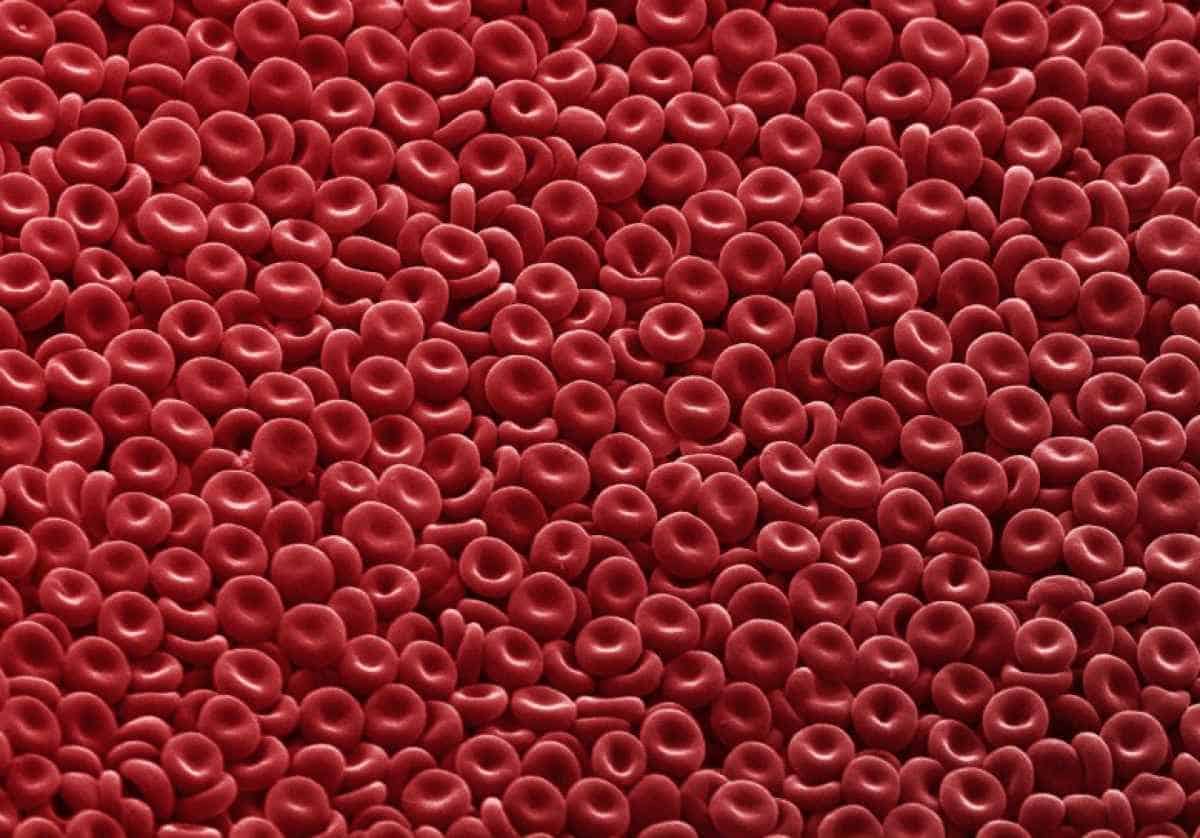10 Scientific “Facts” That Ended Up Being Proven False
Lists, Science, Shocking, WeirdIt is true that science is continually developing. There are new things being learned every single day, and new places being discovered. It almost seems sometimes that it is impossible to keep up with, and that may very well be true. Over the course of history, there have been many scientific theories that were labeled as “facts” and then ended up being proven wrong. This just goes to show that this ever-changing world will always have new things to show humankind. This list is a compilation of ten scientific “facts” that weren’t actually true.
Sunflowers Follow The Sun

It isn’t true that sunflowers follow the sun across the sky. They actually point East all day. The reason for this is that the plant buds follow the sun to make sure the flowers are set in the right direction.
Gum Takes Seven Years To Digest

People are often told as children not to swallow their gum, because it takes seven years to digest. However, the truth of the matter is that gum is just as digestible as insoluble fiber, which means that it will digest at the same rate as anything else you eat that day.
The Blood In Your Veins Is Blue Until Oxygenated

There is a common misconception that everyone’s blood is blue until it hits oxygen, which is when it turns red. This belief is common because when one looks at their veins, generally they see them as blue. However, this is not true. Human blood is a darker red color inside the human body, and the blue color that we see in our veins actually comes from light hitting our skin and scattering into the wavelength on the color spectrum we notice as blue.
Goldfish Have A Five-Second Memory

It’s a common myth that goldfish have memories that last about five seconds. Goldfish are actually a lot smarter than people think they are. Their memories can last up to several months, and they can actually be trained to do things.
Dropping A Penny From The Empire State Building Could Kill Someone

It has often been said that if you were to drop a penny from the top of the Empire State Building, it could kill someone walking by down below. However, that’s not exactly true. Terminal velocity, which is the fastest speed that an object can reach during free fall, is only 50 miles per hour for a penny. This is not enough to kill someone; but it could leave a nice bump on their head.
Bats Can’t See

Most people assume that bats can’t really see, and it’s been said that they use sonar frequencies and echolocation to find their way around. This is where the saying “blind as a bat” came from. However, bats actually have fairly good eyesight, and many of them rely on their night vision rather than using echolocation.
The Tongue Has Taste Zones

Over and over, people have been taught that the tongue has four specific “taste zones” including bitter, sour, salty, and sweet. This has been disproved – not only do all areas of the tongue taste all flavors, there is actually a fifth taste. It’s called umami, for savory/meaty flavors.
Drinking Alcohol Warms You Up

This may come as a surprise to many, because it is true that you feel warmer when drinking alcohol. Unfortunately, your body temperature actually lowers when you drink alcohol. You feel warm because drinking alcohol expands your blood vessels, causing warm blood to move closer to the surface of your skin.
Drinking Alcohol Kills Brain Cells

People still use this to discourage excessive drinking and alcoholism, and while heavy drinking definitely doesn’t do the human body or brain any good, it isn’t the real reason that alcoholics lose brain cells. The real reason has to do with the lack of thiamine that results from a person getting the majority of their calories from alcohol, rather than nutritious foods.
Drink 8 Glasses Of Water A Day

It’s true that the human body needs a certain amount of water, but each human body is different. Drinking eight glasses of water a day is an overly generalized rule, and the amount of water needed by any given person can change based on environment, activity level, size, and more.



